While the autumn weather is now knocking furiously on our door, we look back at a warm and sunny fieldwork trip in August; the last of the season before we return to winter and cold.
This time, the team from the “Lower Heterobranch & Pyramidellidae” project headed south to the coastal town of Kragerø, a popular tourist destination in southern Norway. Known as a peaceful escape for Norwegians, the area offers forests, fjords, and islands; and during the summer months, its population quadruples. Edvard Munch fell in love with the place and found peace and inspiration there; he called it “The Pearl of the Coastal Towns” (Perlen blandt kystbyene).
But for the snail hunters, there was a very different reason to come here.
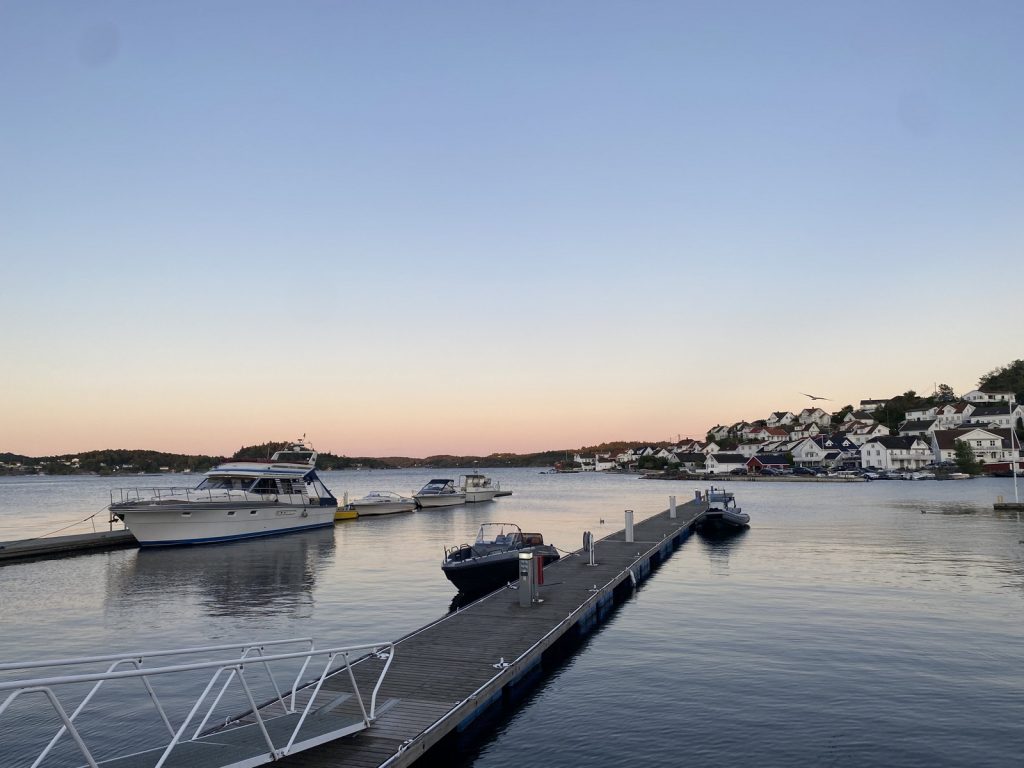
Back in 2012, researchers from the environmental organization SABIMA recorded the presence of a very interesting and rare species of bubble snail: Haminoea navicula. The species hasn’t been recorded anywhere in Norway since. On top of that, the species diversity list of Pyramidellidae still had a gap in the South. So, without further ado, we set off to southern Norway.
We brought a wide variety of sampling equipment: snorkel gear, a SUP board to reach more distant areas of the coastline, a hand dredge for sandy beaches, microscopes, and a lot of other lab tools to help us find the tiny snails. On our first day, we immediately went out to the pollen (an enclosed fjord) where Haminoea navicula was found years ago. Using the SUP board for easier access and our snorkel gear, we searched the habitat, which seemed ideal for the species, but unfortunately, we didn’t find any. Since 2012, a lot may have changed: the fjord may have warmed up, or perhaps we weren’t there at the right time of year. Many variables could explain its absence.
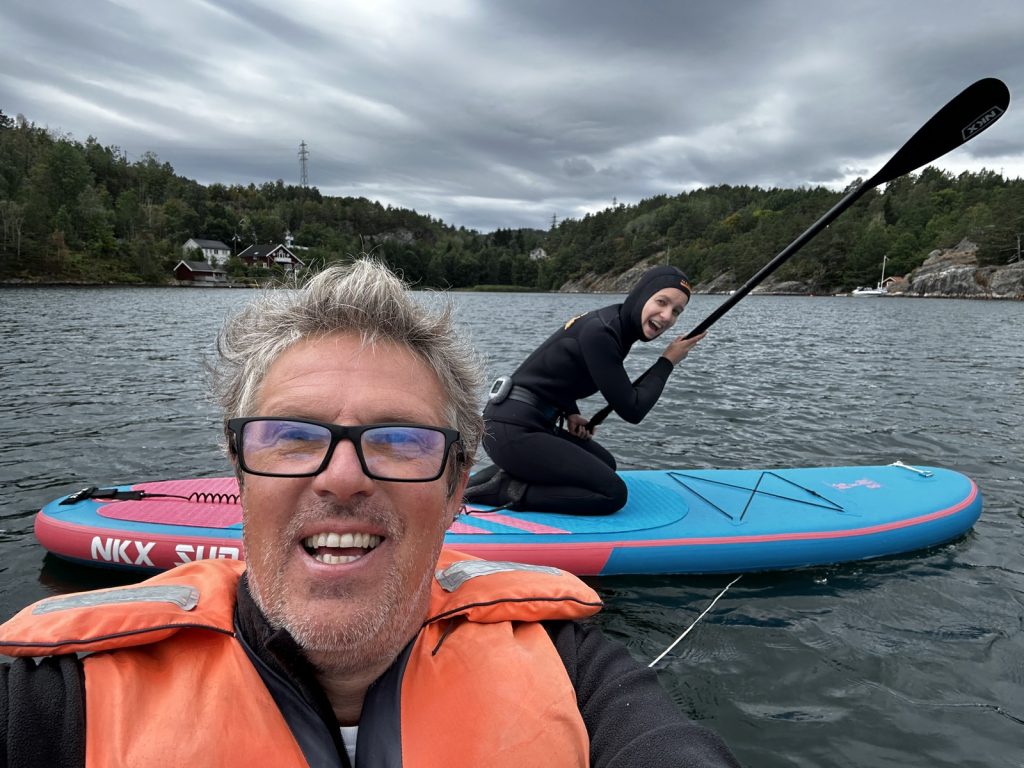
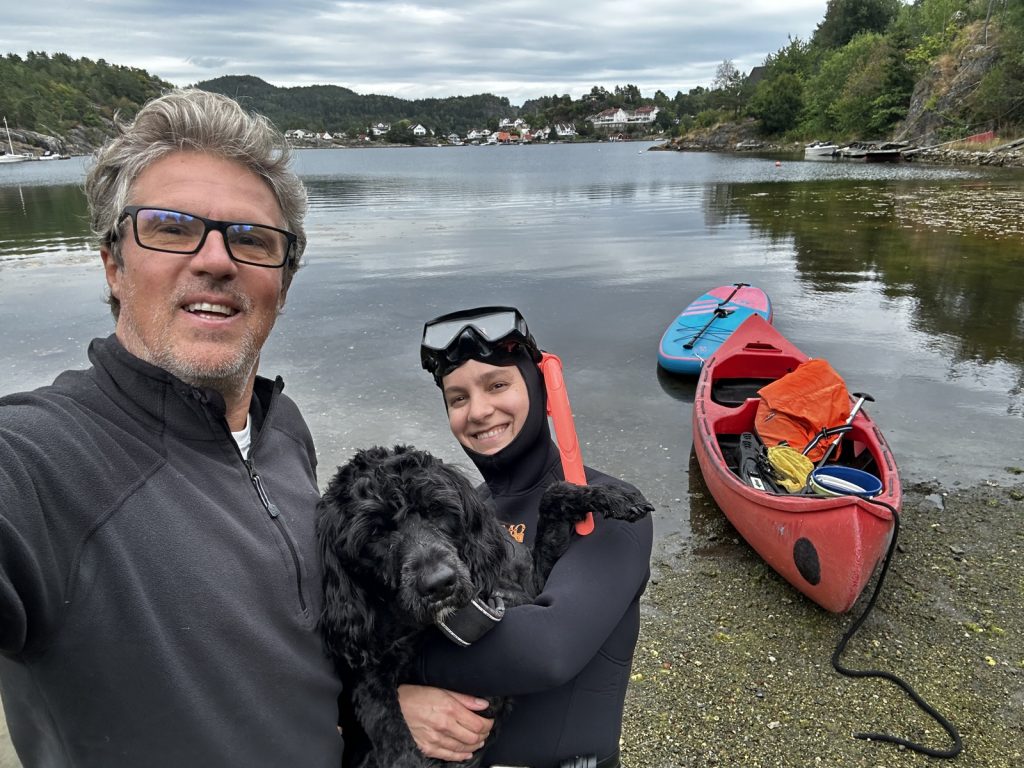
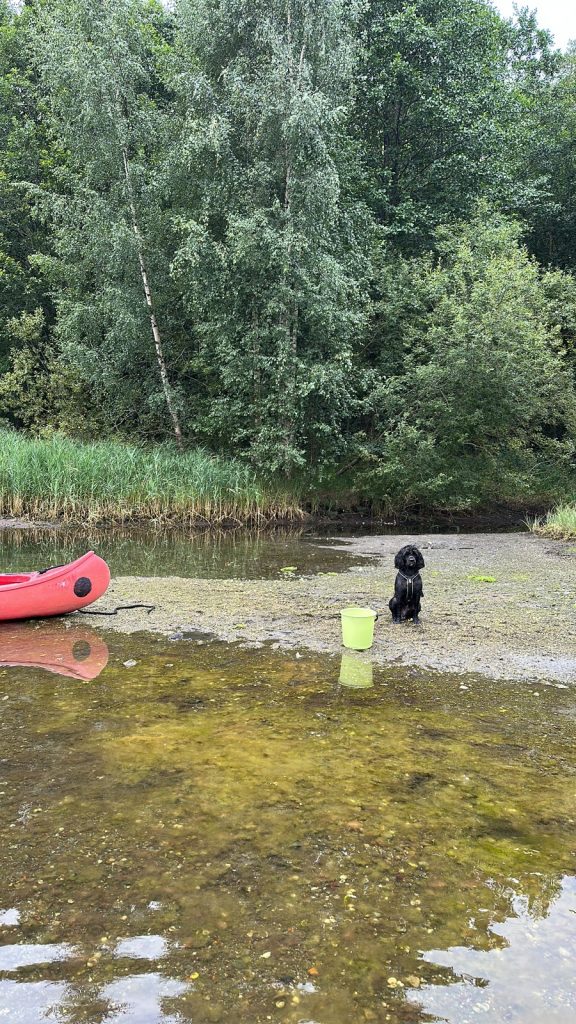
Still, we didn’t return to the apartment empty-handed. We collected a lot of material that could potentially contain other lower heterobranch and pyramidellid species.
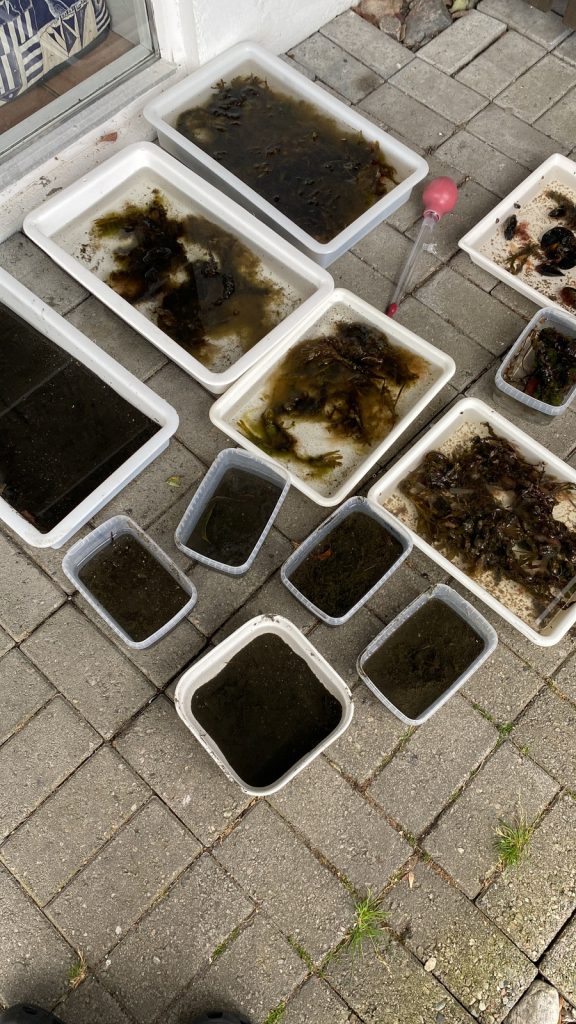
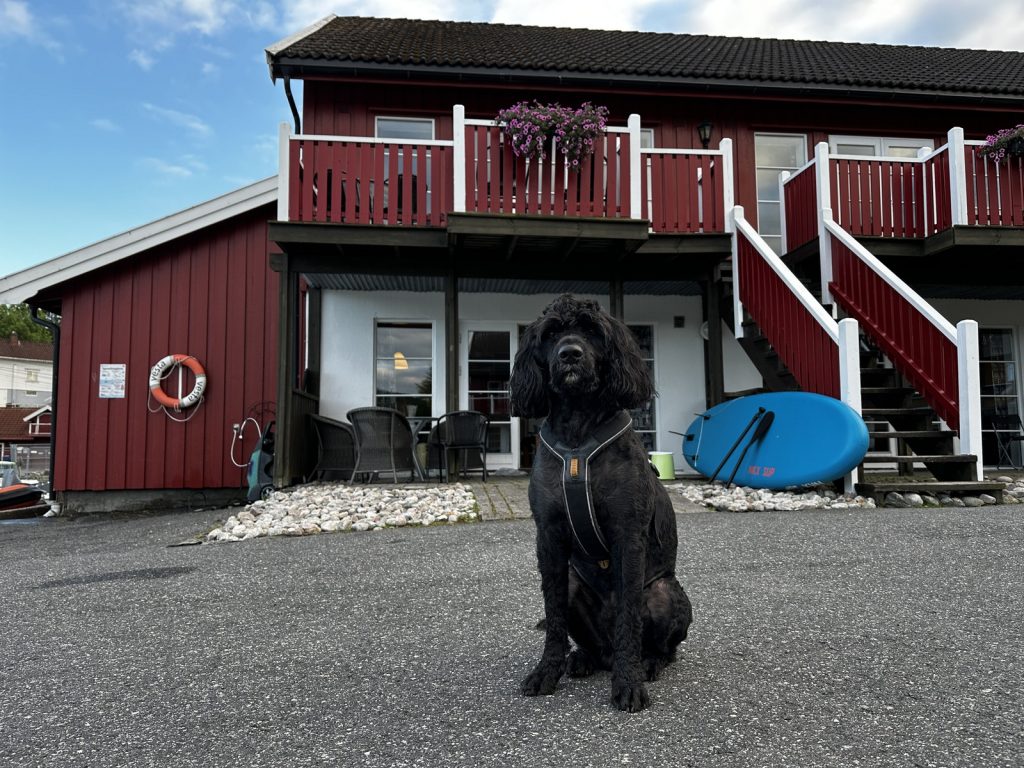
Inside the apartment, we converted the dinner table into our workstation, equipped with microscopes and tools.
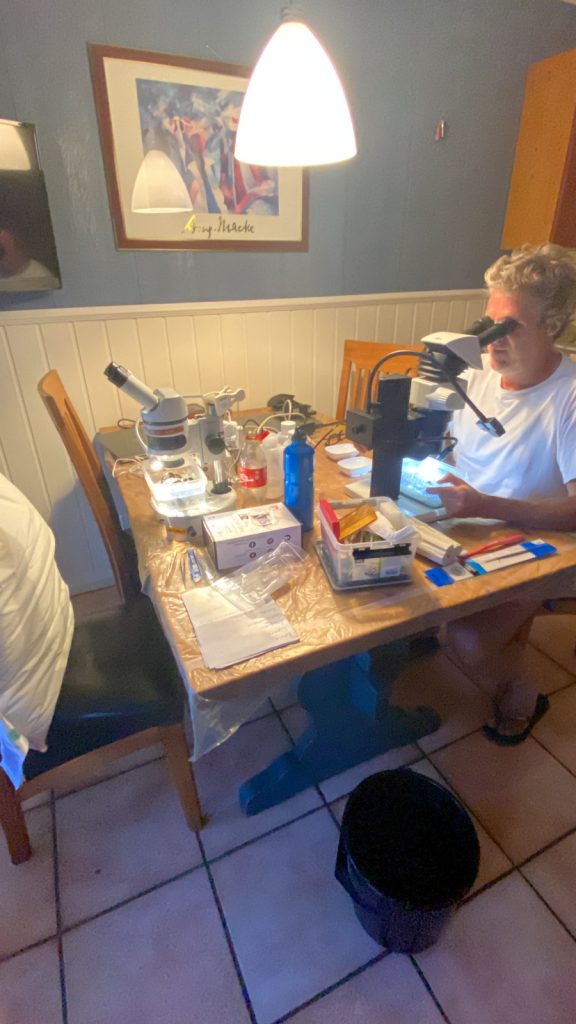
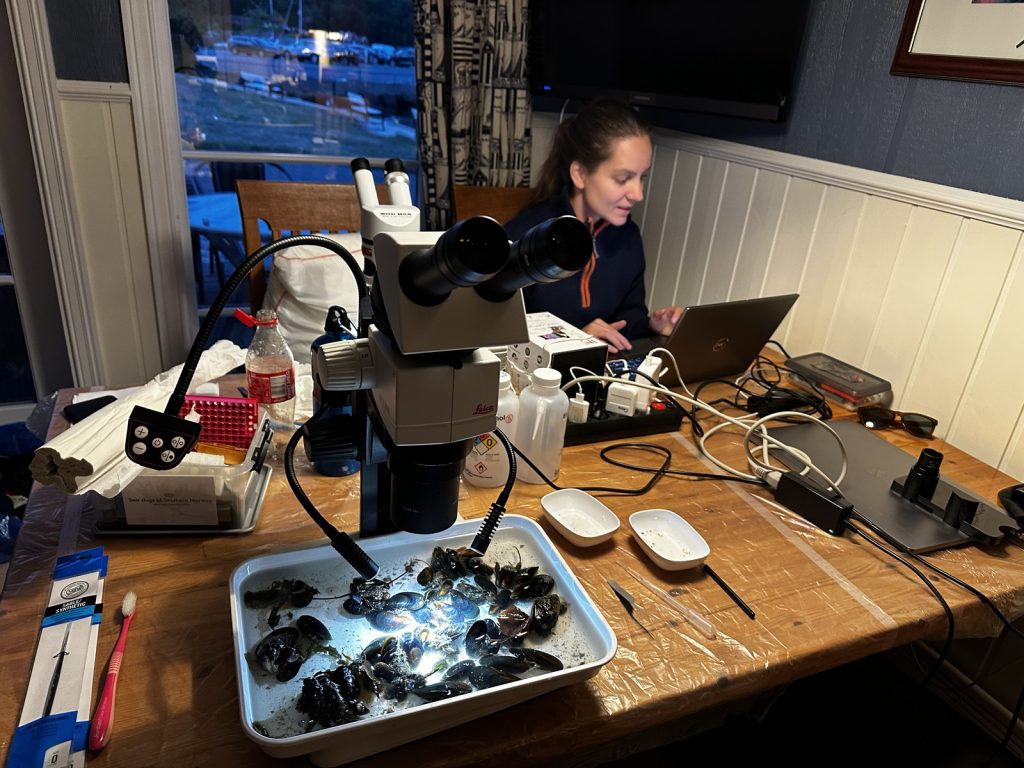
Over the next few days, we collected organic material from a variety of spots; one of which was, in fact, right next to the apartment!
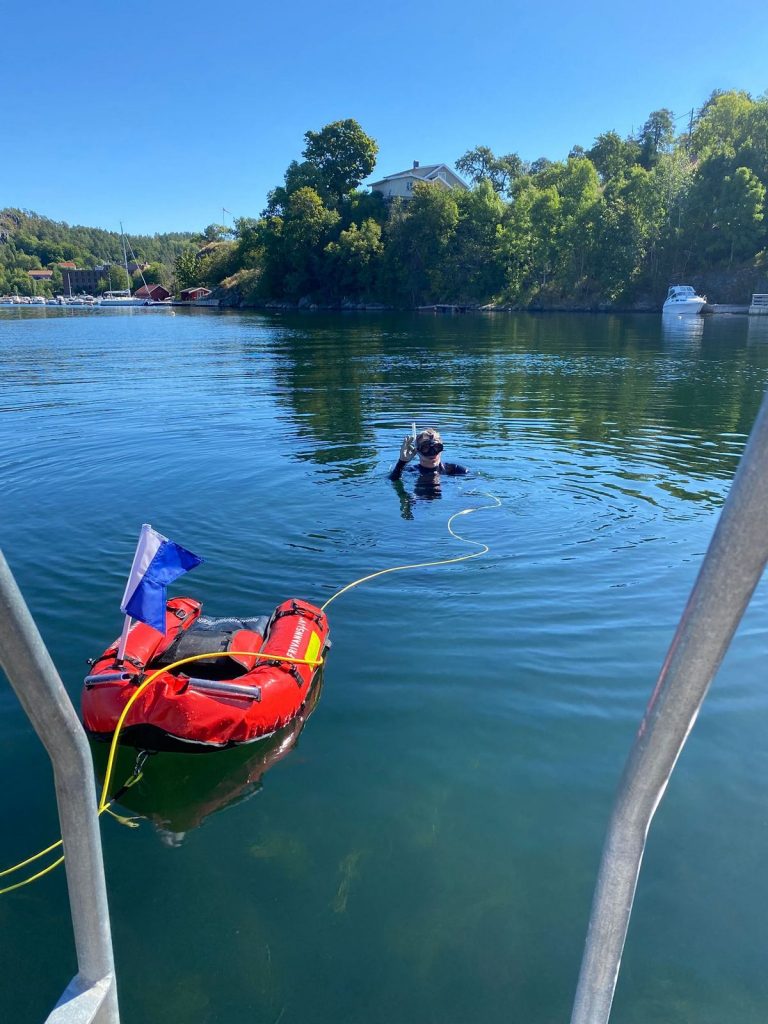
Soon, we began to find our first live specimens of pyramidellids. They were especially numerous on blue mussels.
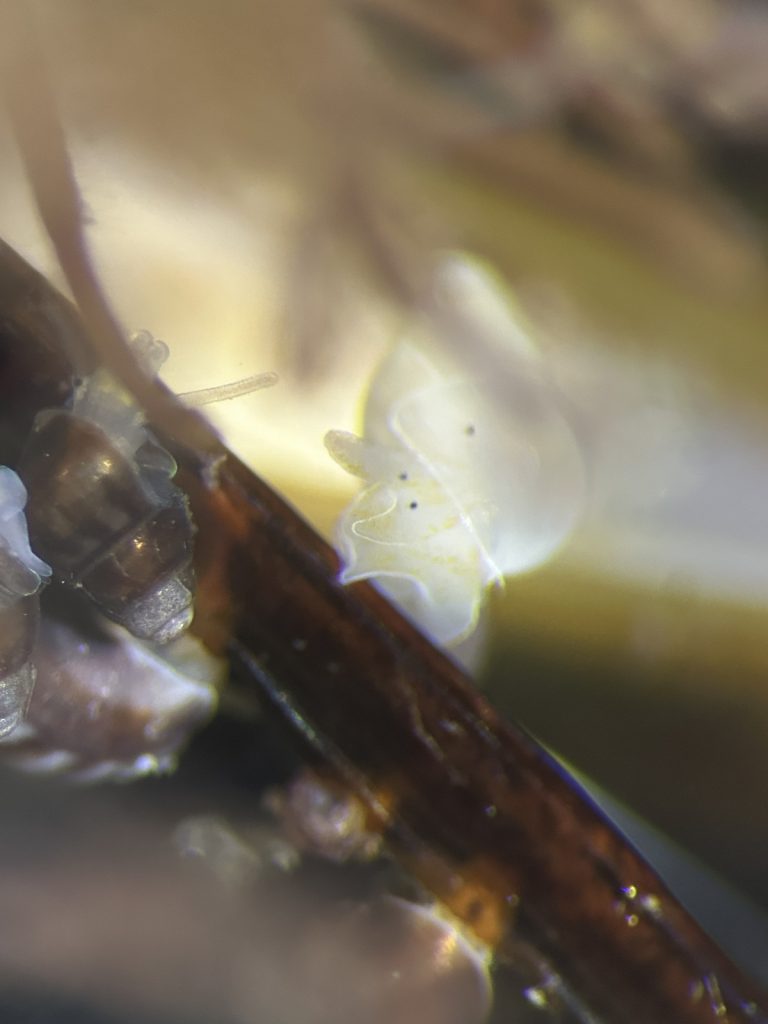
Later that week, we sampled from several beaches using the hand dredge to collect sand; a common habitat for certain pyramidellid species.
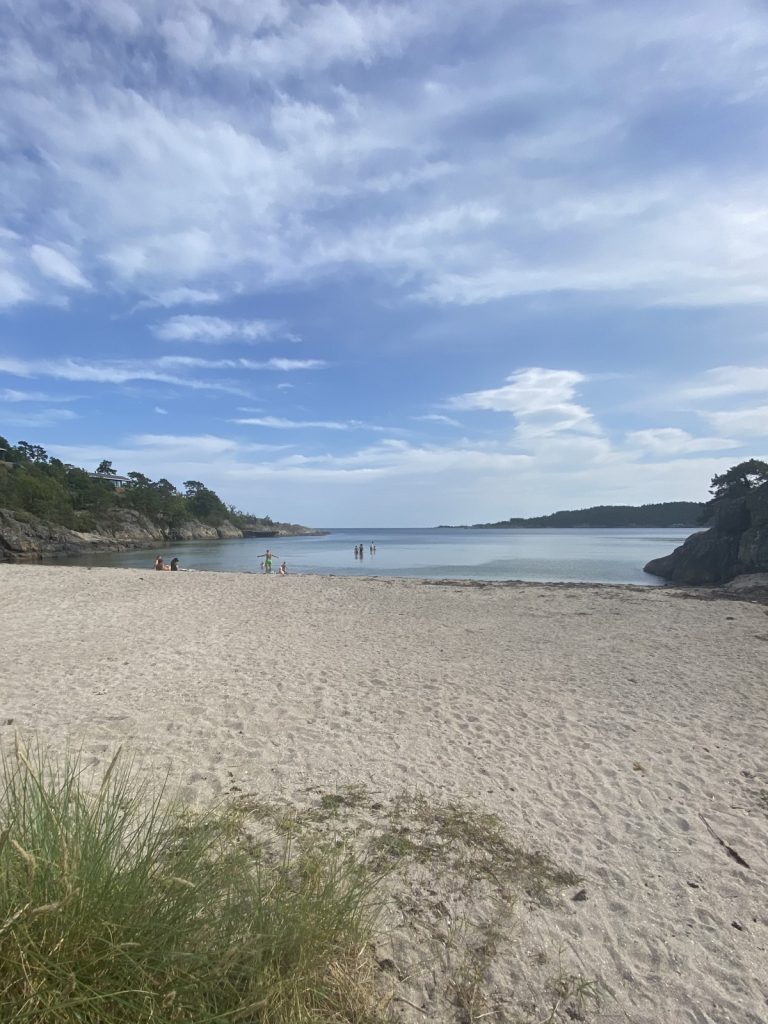
Quite a few beachgoers approached us, curious about our work with the dredge. One person even helped us haul it back to shore (despite being called a “hand dredge,” it’s not exactly single-hand operational; it can get quite heavy with all the accumulated sand).
Another promising habitat type is found in areas with strong currents, such as narrow channels between fjords. When the tide shifts and large volumes of water pass through, these areas become ideal for sessile filter feeders like calcareous worms and mussels, which pyramidellids feed on.
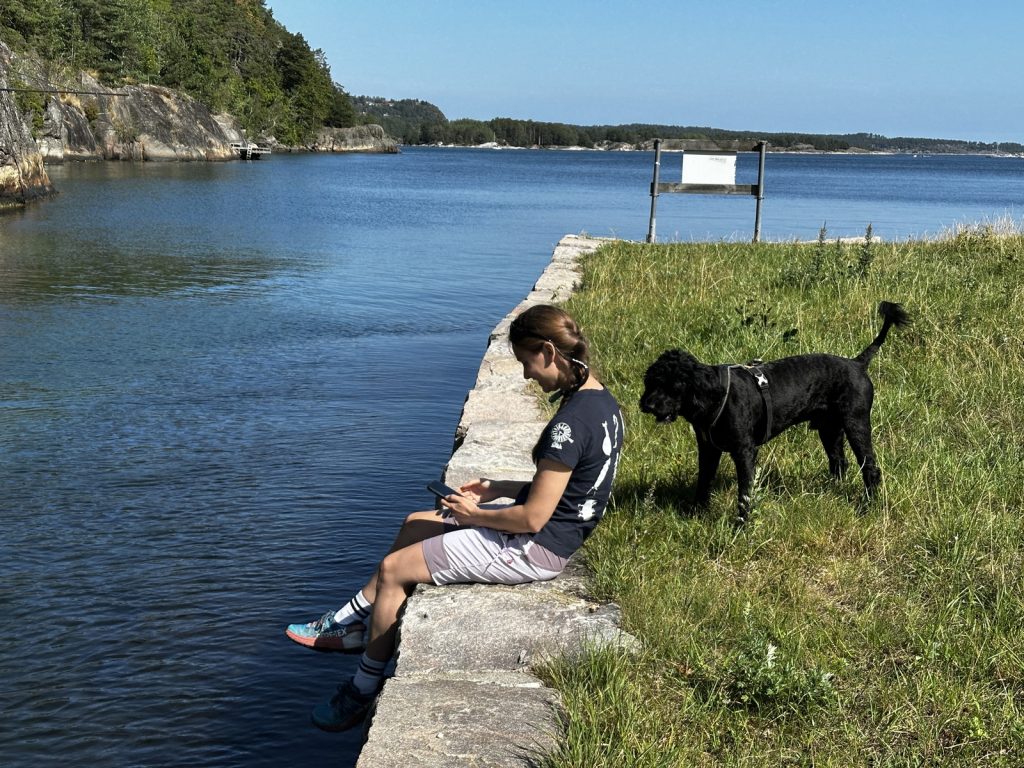
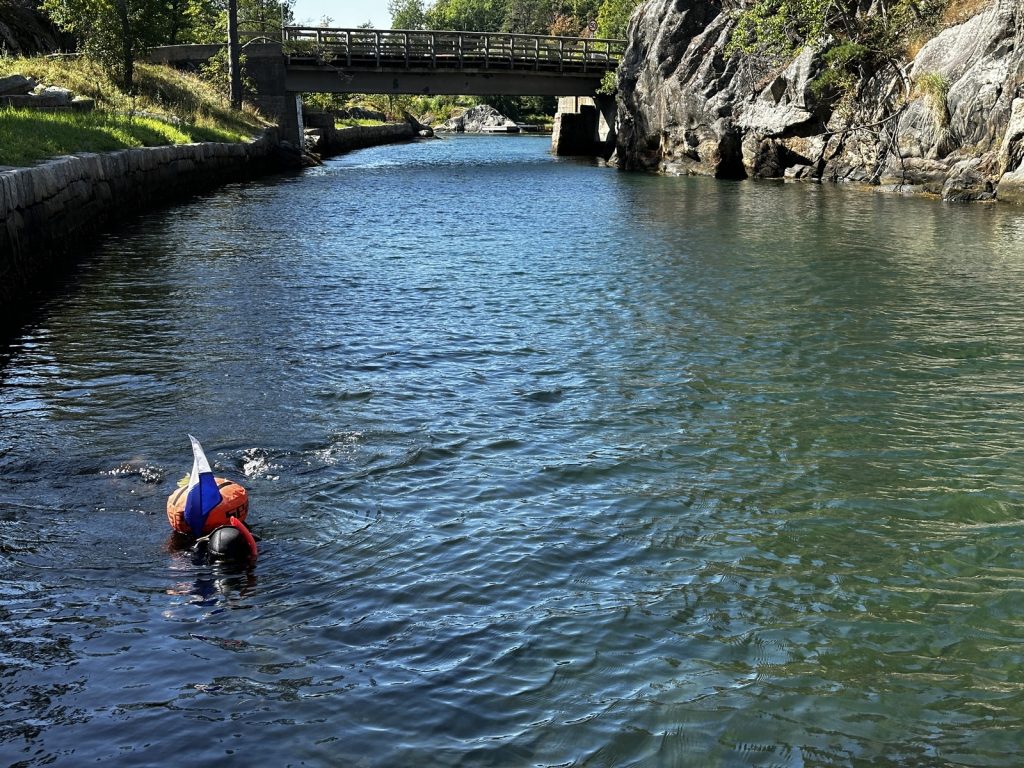
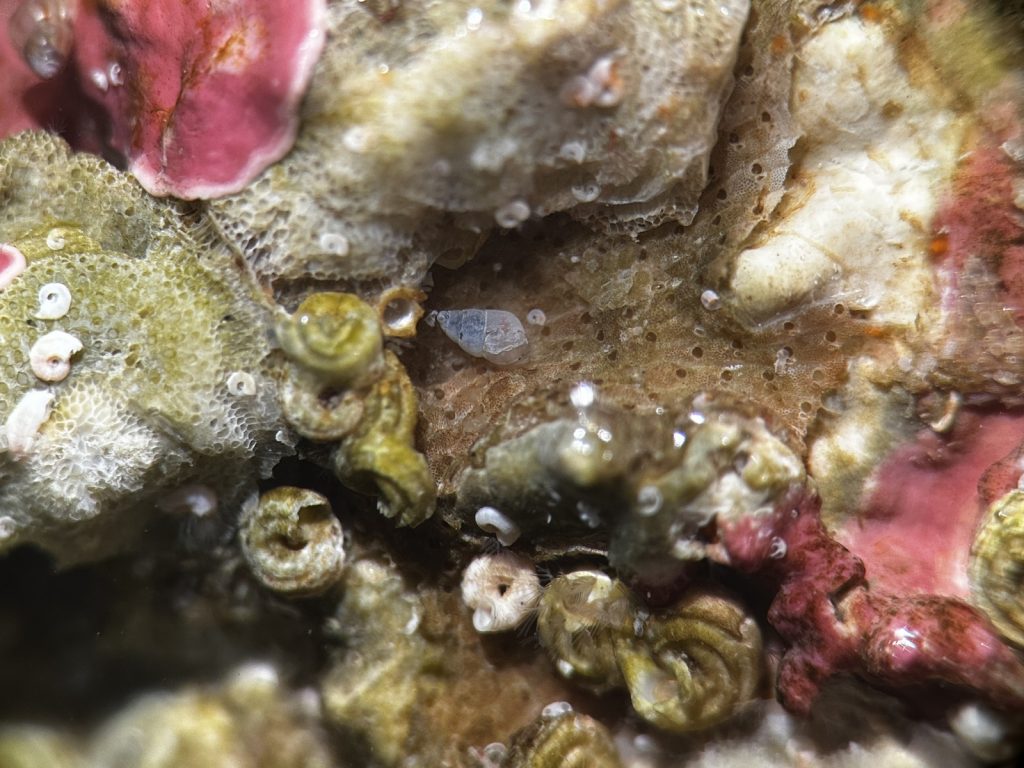
The Final Chapter: Jomfruland National Park
The final part of our southern Norway excursion took us to Jomfruland National Park, a long, narrow island reachable by a one-hour ferry. The island is protected, and while cars aren’t banned, their use is discouraged (no paved roads and high ferry fees).
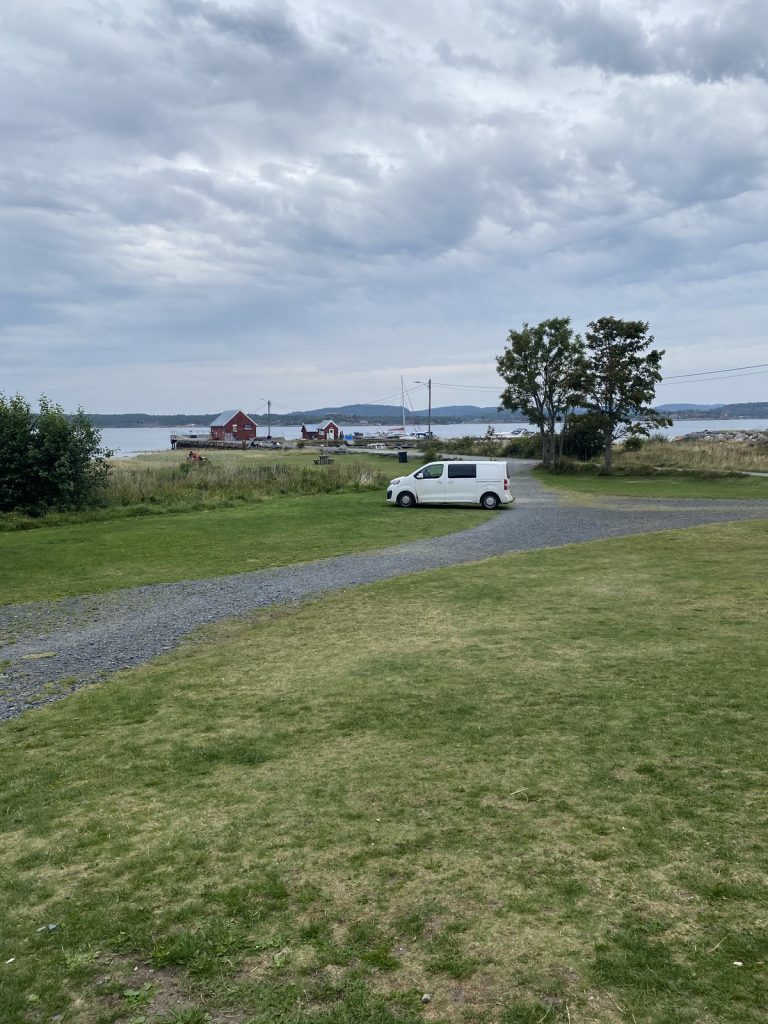
The marine diversity around the island was rich; a clear sign of effective protection. We observed many large fish and numerous tiny pyramidellids feasting on extensive mussel beds covering the rocks.
Back at the apartment, using our microscopes, we even managed to document some pyramidellids feeding on mussel tissue, a rare moment captured on camera!
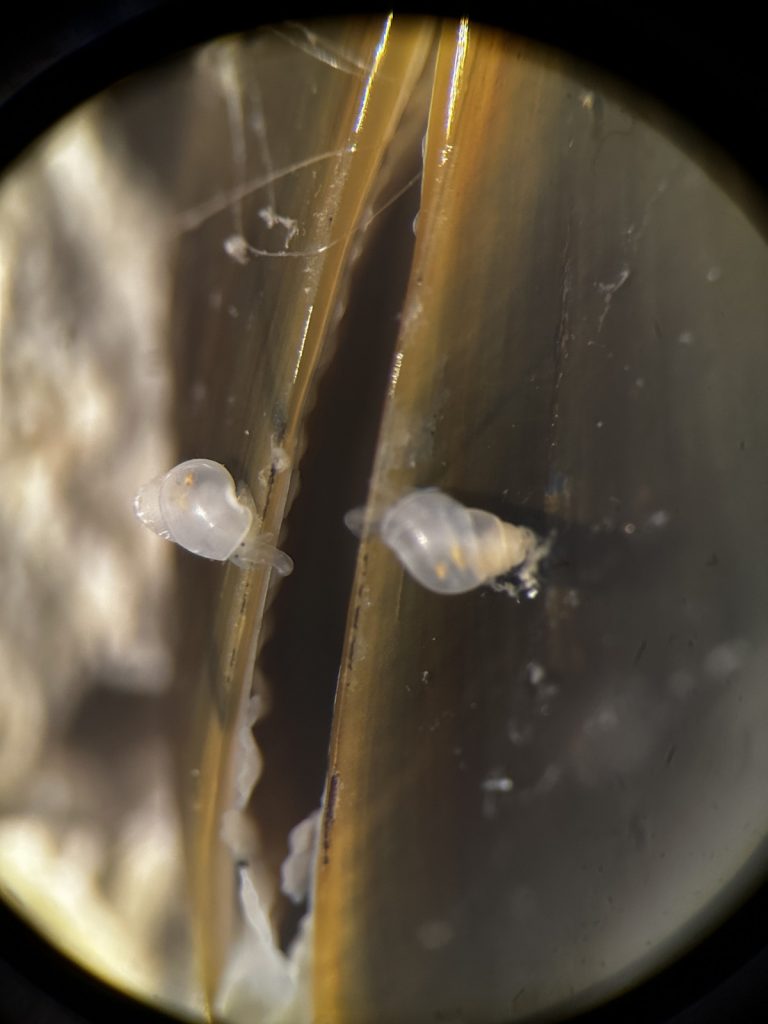
In total, we managed to visit and collect material from 10 different stations in and around Kragerø. We found 18 different species of (lower) heterobranchs and pyramidellids, and possibly a new species for Norway!
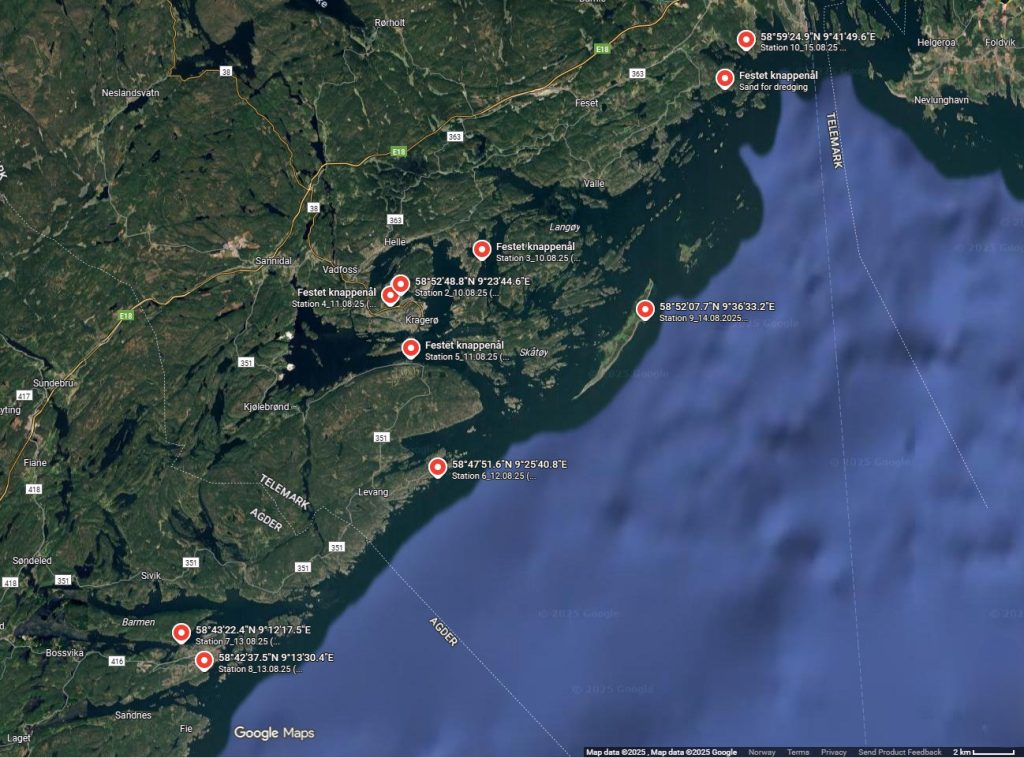
But that exciting discovery will have to wait for its very own blog post…
-Cessa, Manuel & Max
Image credits: CR= Cessa Rauch, MM= Manuel Malaquias
